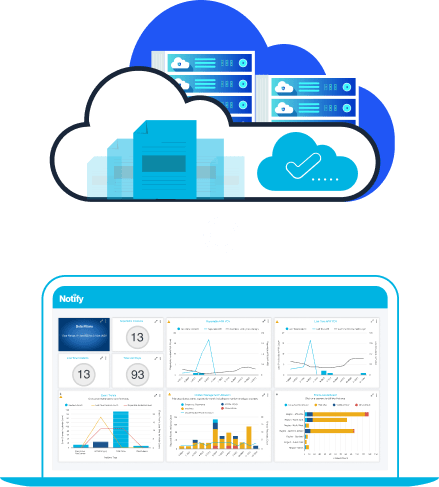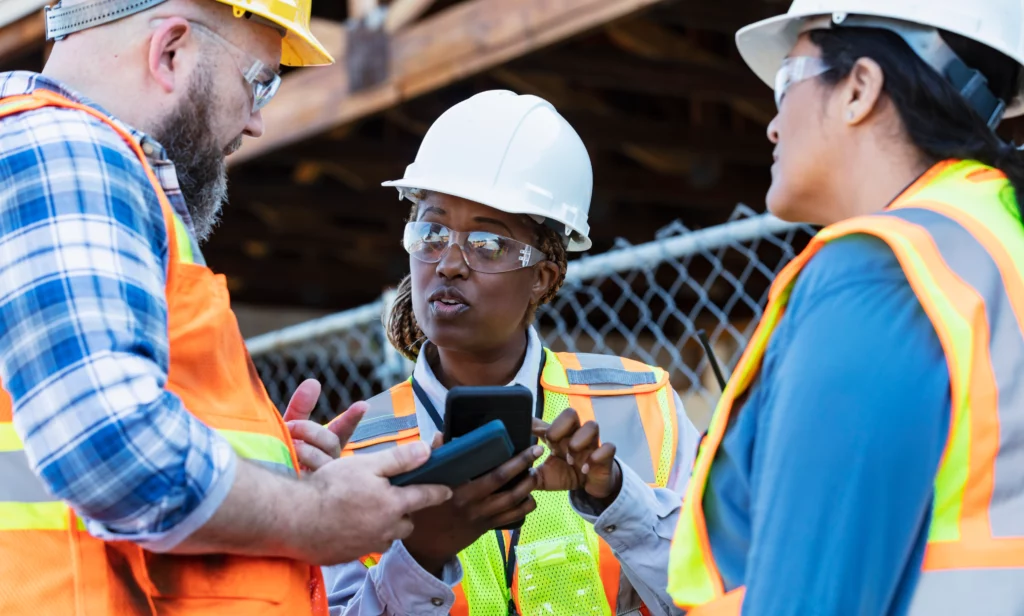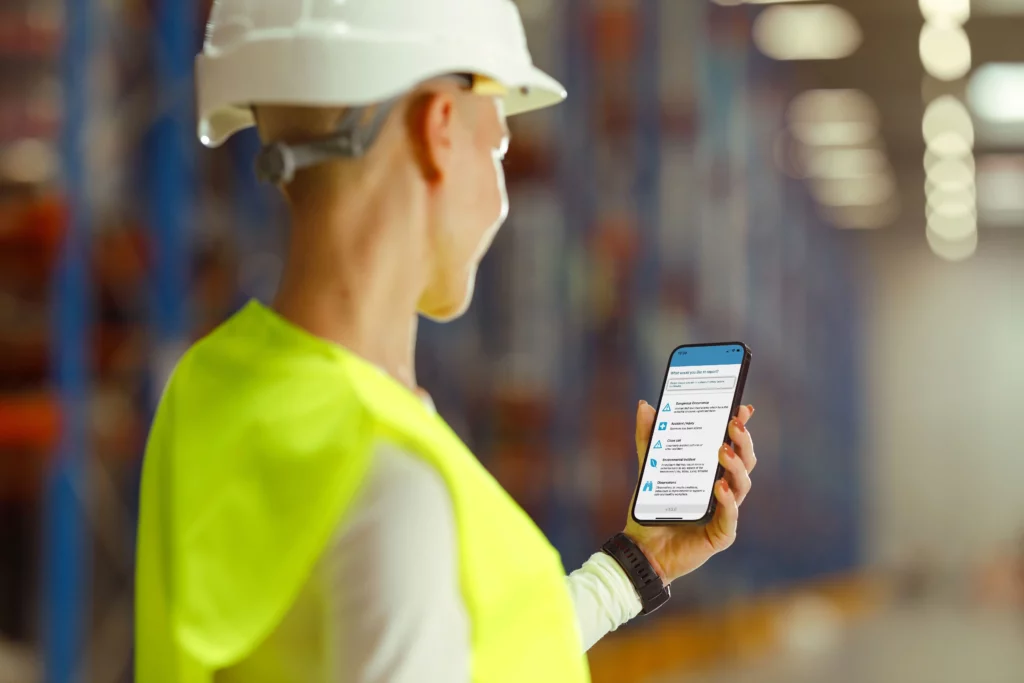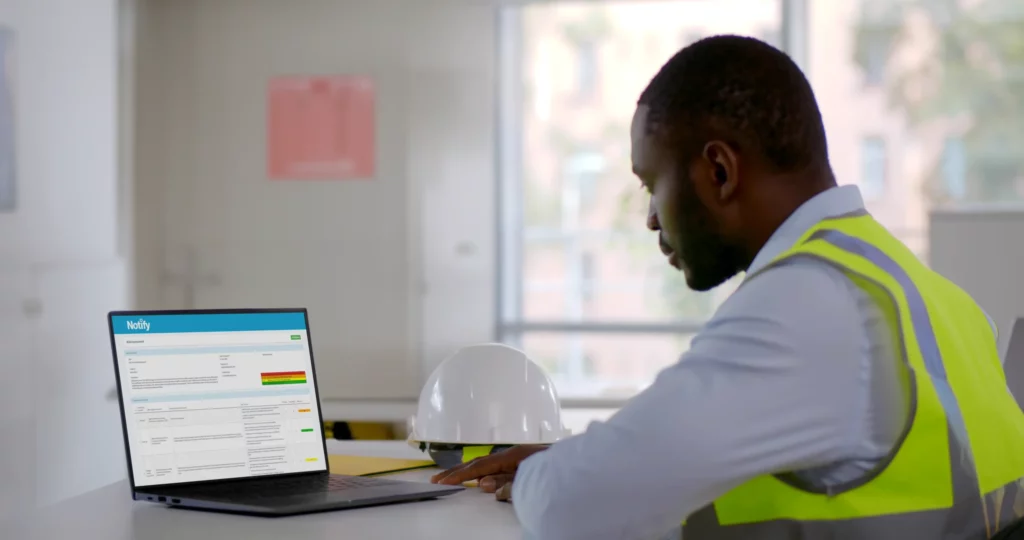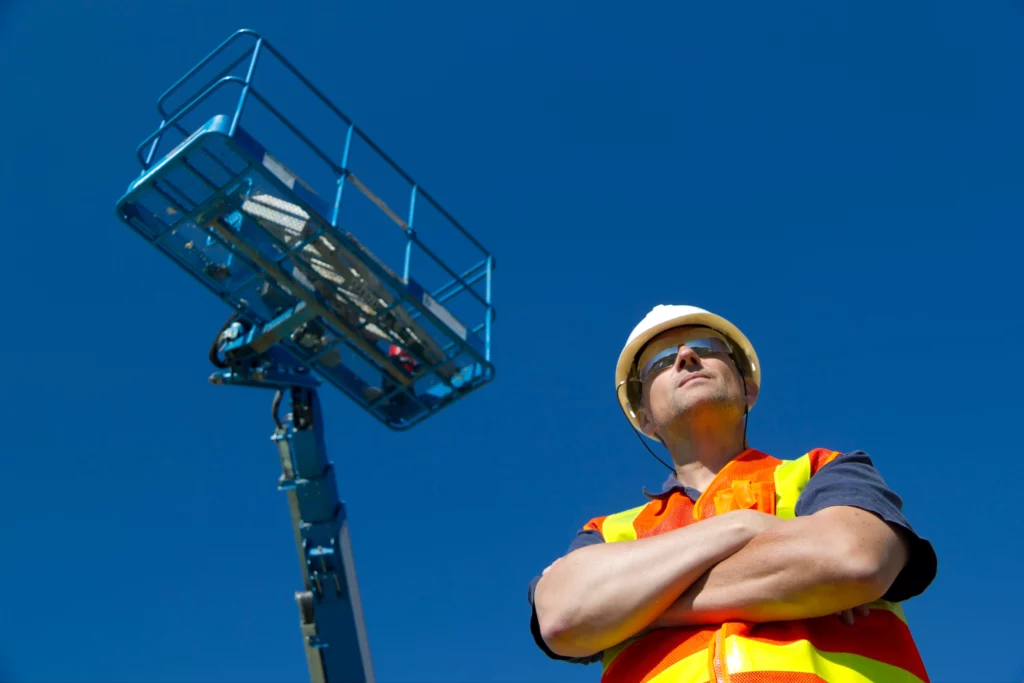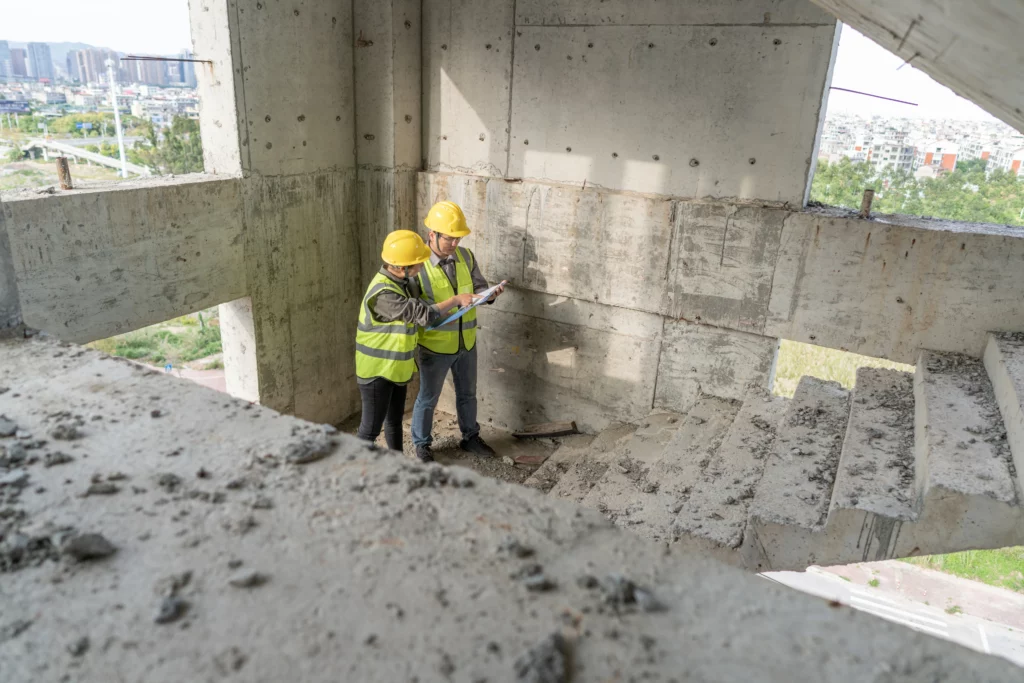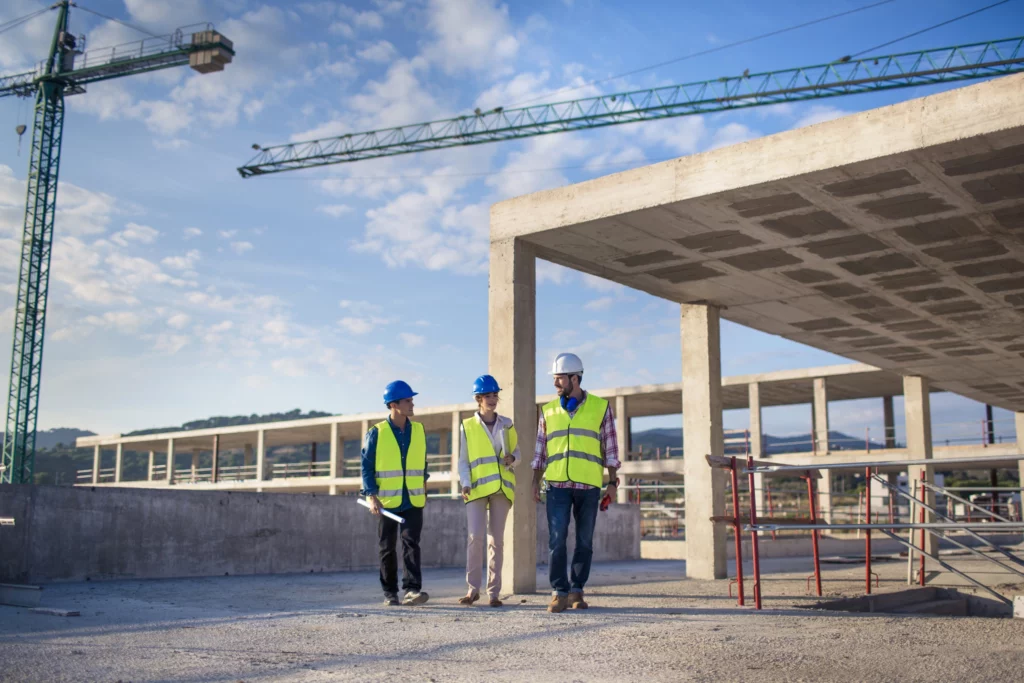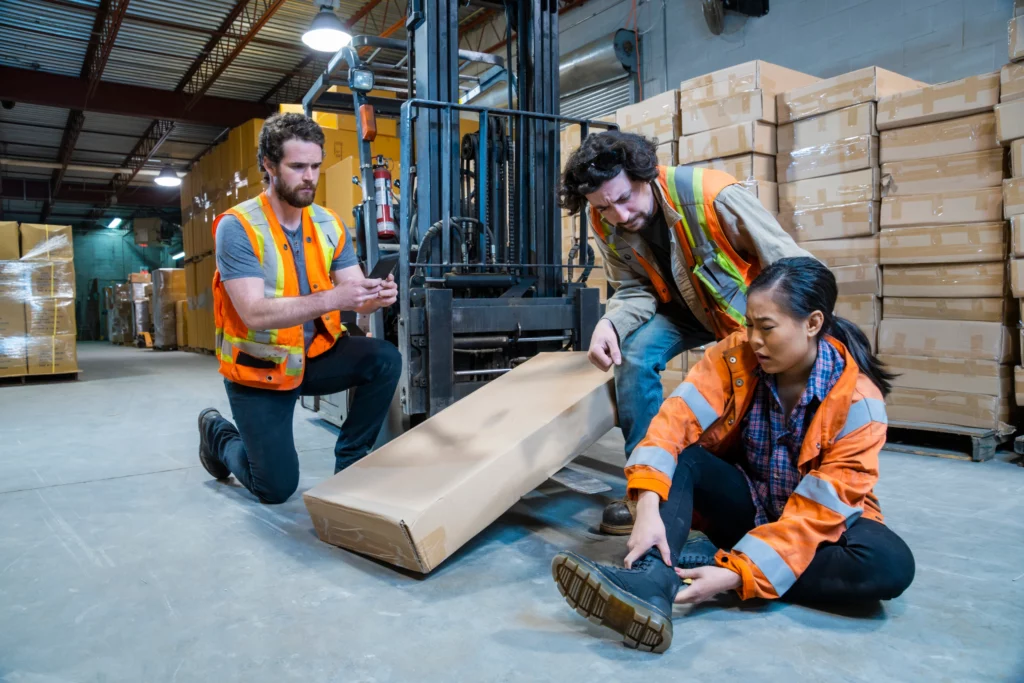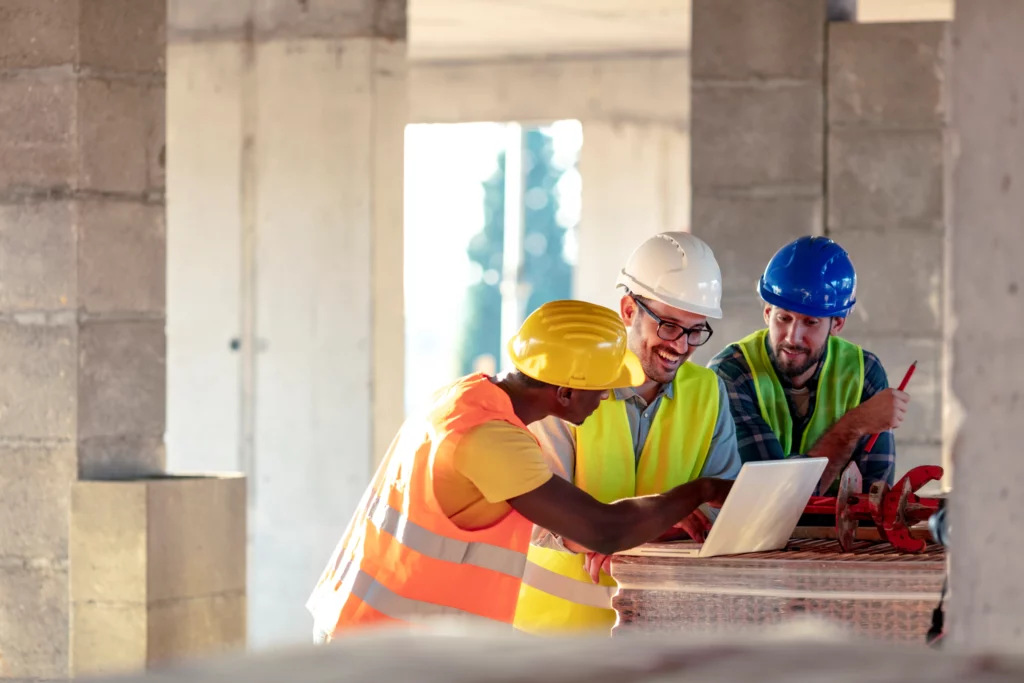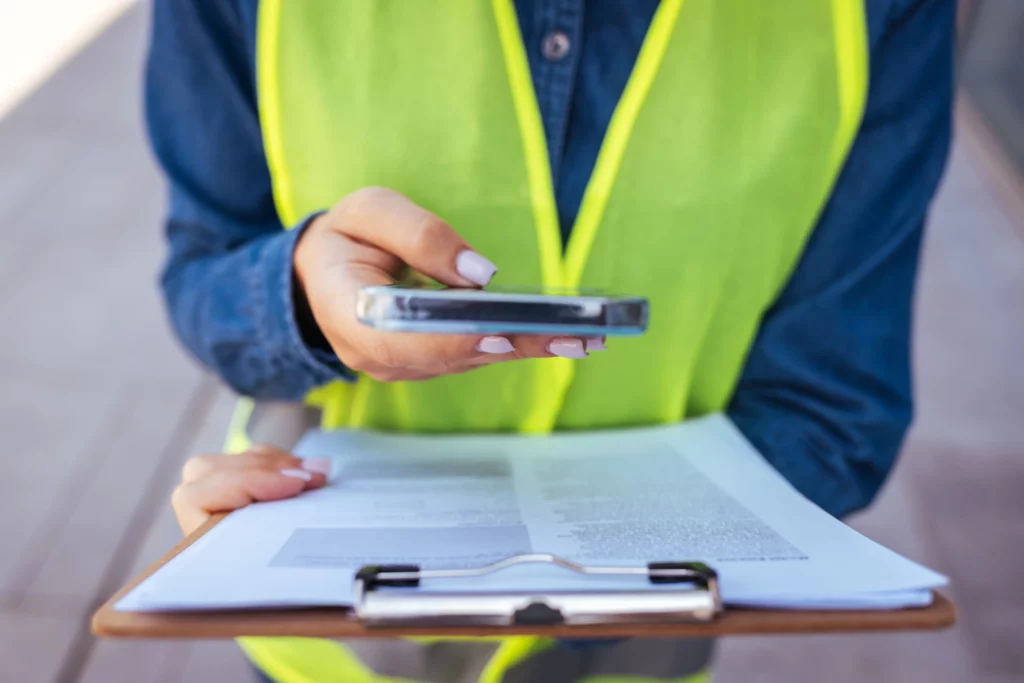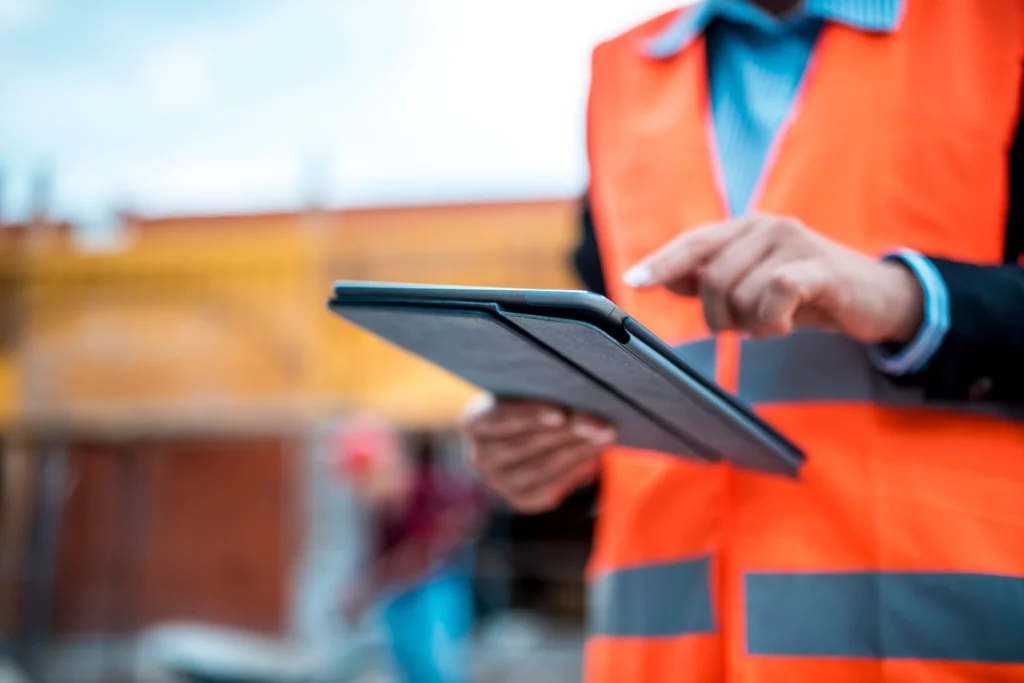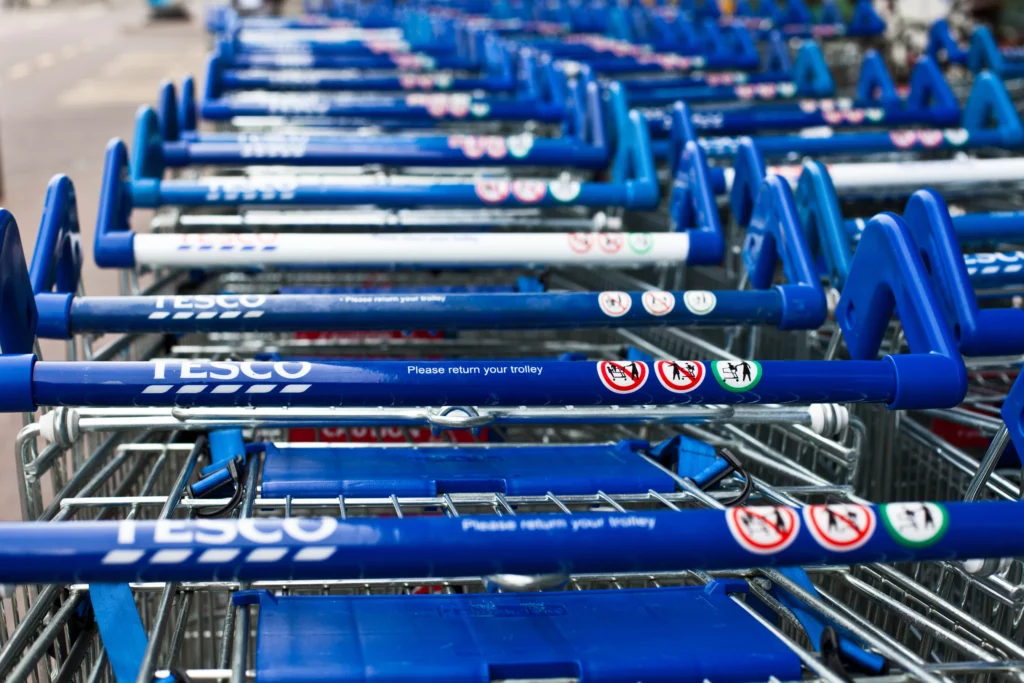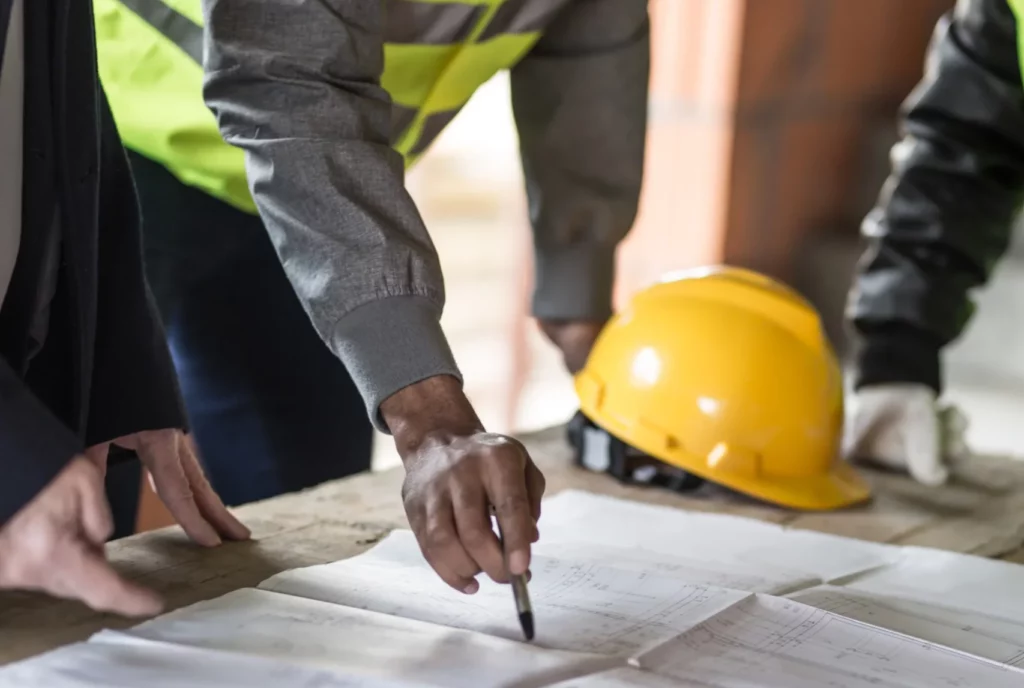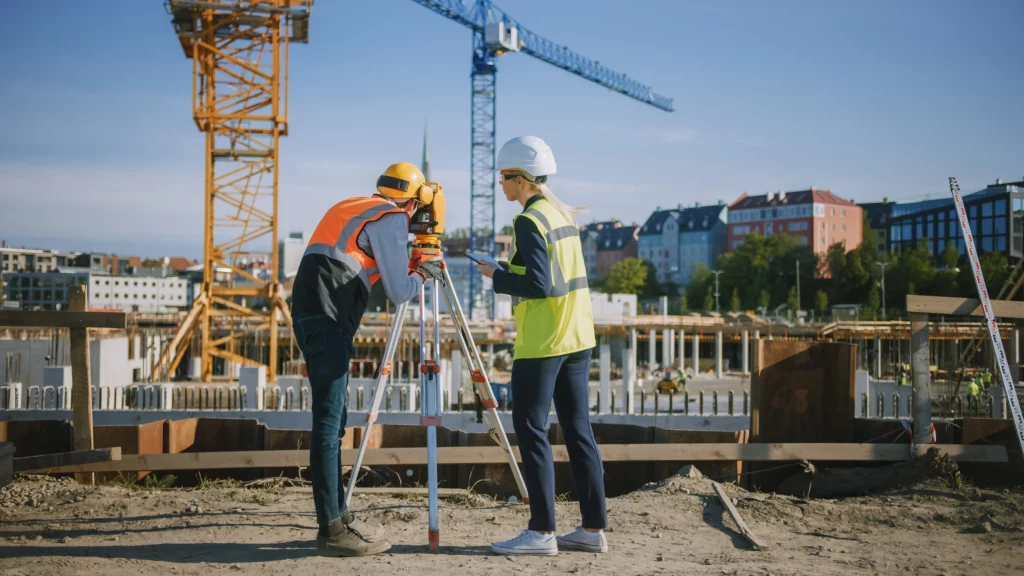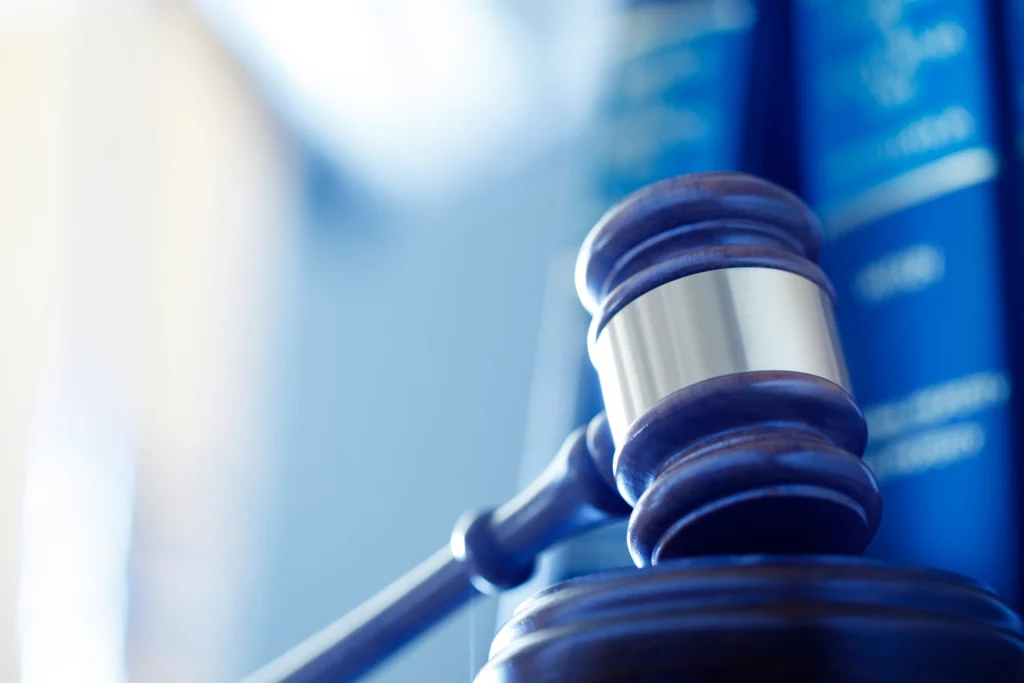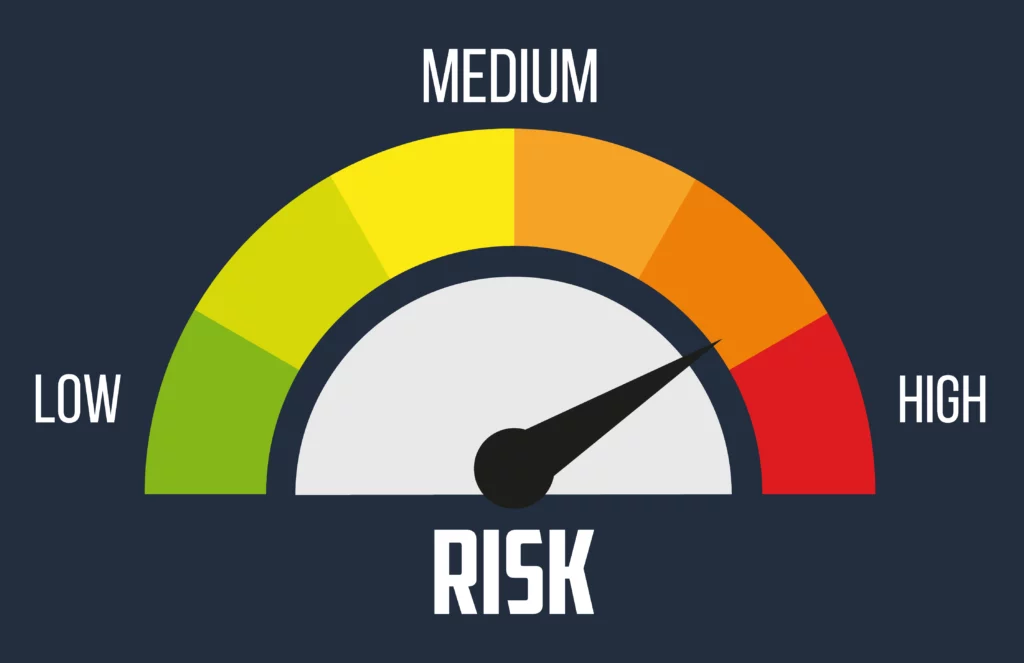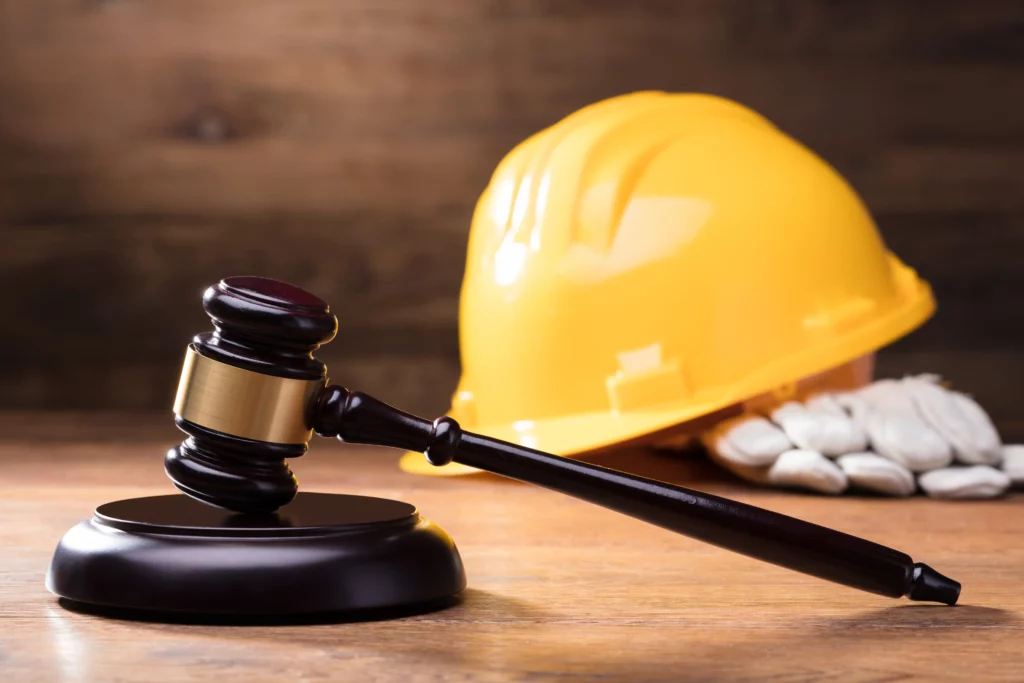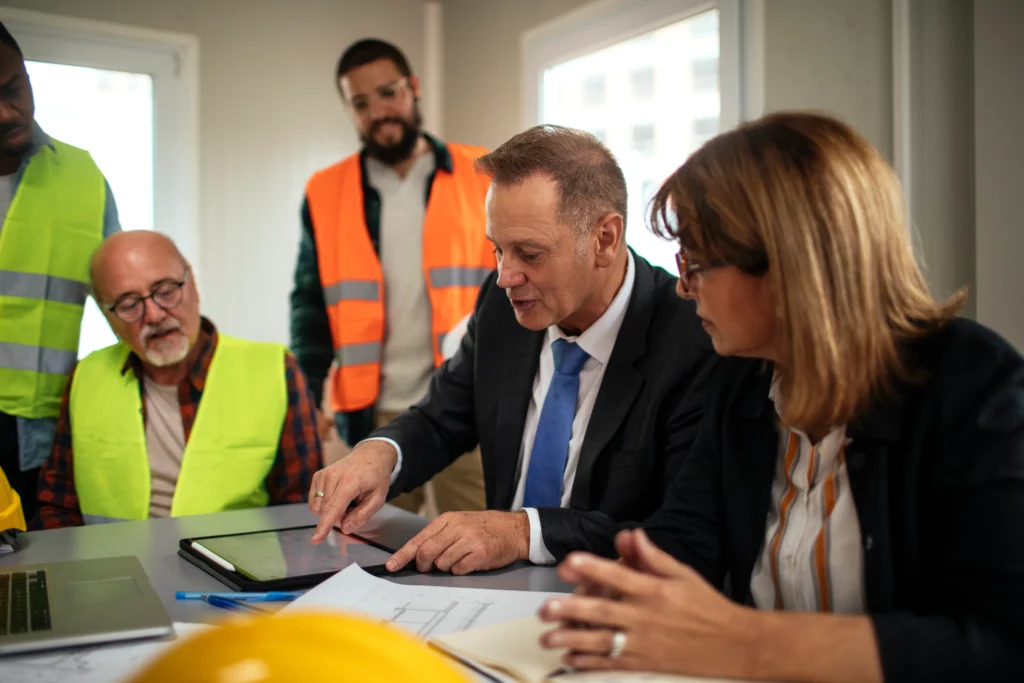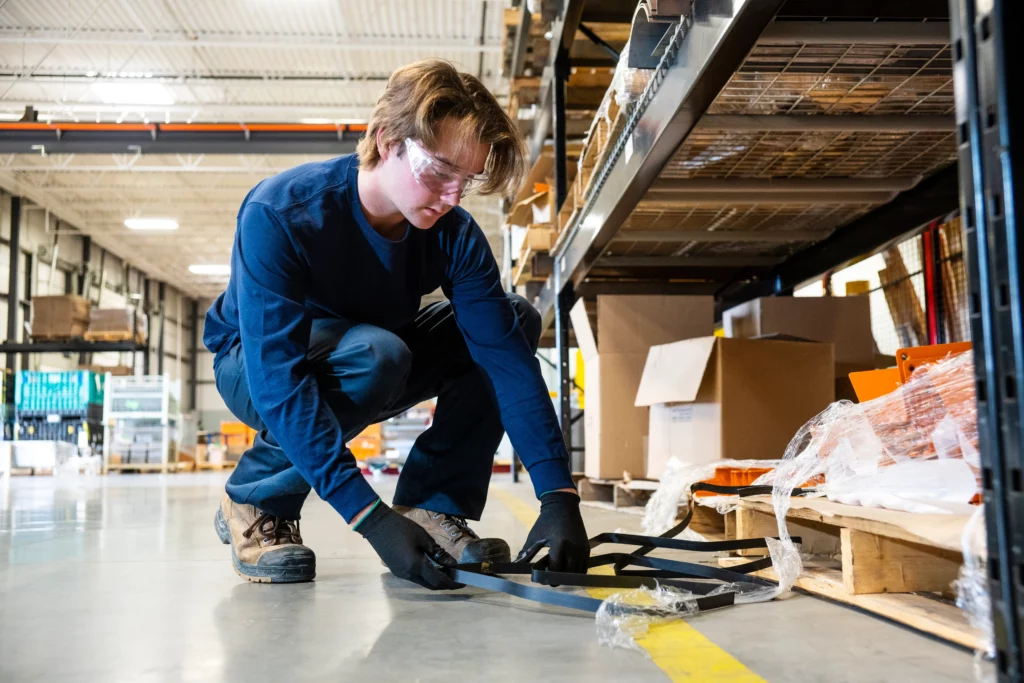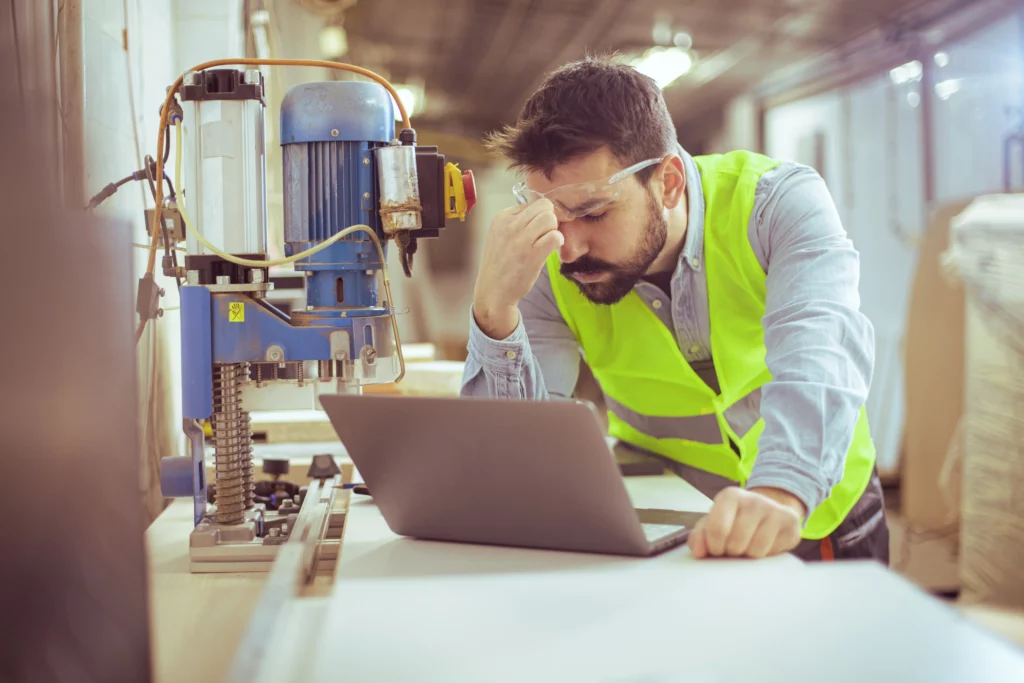As you know, ensuring the health, safety and wellbeing of everyone in the workplace is the number one priority for any safety professional and employer. A safe work environment paves the way for productivity and efficiency, but changes in operations, new equipment and inconsistency in employee behaviour can make maintaining this a challenge – even in organisations with some of the most efficient safety programmes out there.
To help mitigate against new safety issues and potential risks, regular safety audits should be carried out as part of your risk management process. In this article you will learn what a safety audit is and why it’s important. You will also find out what a safety audit includes, how to conduct one and how audit management software can be used to make your life easier.
What is a safety audit?
A safety audit is the process of determining if an area of work is safe. Imagine you are a detective in the workplace. Your mission? To review existing processes, equipment or a particular area of the working environment, and pinpoint anything that could potentially but a colleague, supplier or member of the public at risk. A safety audit isn’t about assigning blame or catching people out. It’s about taking a through, unbiased look at how things are currently being done.
A safety audit isn’t just about adhering to regulations either. It’s about digging deeper into your company’s heartbeat – it’s safety culture. How do your colleagues perceive safety? Do they see audits as a time burned or a nuisance? Or do they proactively engage?
By conducting safety audits you can assess how well your risk management strategies are currently working and also uncover improvement opportunities to improve workplace safety.
Why should you carry out a safety audit?
Safety audits enable you to continually evaluate the potential hazards and risks within your organisation. They provide you with insight which can allow you to determine if something is still safe, or if corrective actions are needed to enhance existing safety measures. That famous phrase “Why fix what isn’t broken” doesn’t apply here.
Safety audits are all about proactively identifying risks that could, if left unchecked, lead to an injury or more a serious accident further down the line. They are your evidence that you have put the correct safety measures in place, at the right time and to the right standards. Conducting safety audits shifts the entire mindset of a workplace from reactive to proactive too. This doesn’t just save time and money, it save’s lives!
Identifying hazards, demonstrating commitment to safety, establishing positive safety habits, complying with regulations, uncovering improvement opportunities and proactively reducing risk, are all reasons why organisations should carry out safety audits in the workplace.
Who can perform a safety audit?
Health and safety audits can be carried out internally by a trained individual or by an external auditor.
First off, we have internal auditors. These are people within your own organisation that have been trained to understand audit procedures and the unique workings of your business. On the flip side we have external auditors. seasoned professionals who come armed with a wealth of experience from a variety of industries. They bring an unbiased perspective to the table, along with a deep understanding of health and safety management systems. As they’re not part of the day-to-day operations, external auditors can often spot systemic issues or bring new ideas to the table that internal teams might overlook.
Whether you are looking inside your organisation or are aiming to bring in an external auditor to carry out safety checks, it is essential that they have the expertise required to do the job. They should be seasoned professionals who can guide your safety strategies and their focus shouldn’t be on just meeting the required safety standards. Remember, safety audits help you proactively reduce risk – so they should be continually setting new benchmarks for safety excellence.
What does a safety audit include?
A safety audit is a deep dive into your workplace’s health and safety regime. It should include a series of checks that enable the assessor to determine whether a process, work environment or equipment is safe. If you are using a audit management software to carry out your audits, supporting pictures should also be included to demonstrate compliance to regulatory requirements and provide that audit trail. Safety audits should also include the name of the assessor and the signatory of anyone reviewing a completed audit.
Don’t forget! If any improvement opportunities have been identified, corrective actions should also be included and communicated as part of any safety audit.
How to conduct a safety audit
Now you know what a safety audit is, why it’s important and what it includes, let’s discuss how you carry one out.
Step 1: Planning
Before you carry out any audit you should have a plan. What are you auditing, and why? What’s the gold standard you are measuring against? Who do you need to carry out the audits? What information do you need any when? This is a crucial first step in any auditing process.
Step 2: Execution
This is where your internal or external auditor carry out the planned safety checks. At a pre-defined time, auditors should assess the current safety measures and safety practices and make note of any new hazards or risks they’ve identified. This is all about information gathering. What can be learnt? What can be improved upon? How can the safety standards be elevated?
Step 3: Reviewing
After an audit has taken place, it’s now time to review the information and data collected. Is the process, equipment or work area still safe? Were there risks that were overlooked last time? Are there new risks due a change? Based on the data collected, you can then prioritise your next steps.
Step 4: Implementing Corrective Actions
Now you have the insight consolidated from the audit, you can implement any corrective actions. Decide who needs to do what and by when. If investment is needed, how much?
This is where all of your planning pays off. By proactively implementing improvement initiatives and corrective actions, you will reduce those risks and start to see a decrease in accidents occurring.
Step 5: Publishing / Communicating the Outcomes
Last but not least, share what you’ve found and what you’re doing about it. This isn’t just about keeping records; it’s about building a culture of transparency and continuous improvement. Let your team know what’s been done, what’s in the pipeline, and how they can contribute. It’s about turning your findings into a learning opportunity for everyone.
How can Notify’s audit management software help?
Even if you have a robust auditing process, creating and completing safety audits can be a lot of work – especially if the process is manual. Using printed documentation can lead to inaccuracies in data collection, and it makes it difficult for remote workers to complete safety checks when required. With data in multiple places, determining whether an audit has been completed or not, tracking corrective actions and reporting / analysing data, can be extremely time consuming – not to mention hugely frustrating if you can’t find what you are looking for.
With Notify, you have the ability to streamline the creation, scheduling and completion of safety audits across your organisation, allowing you to obtain consistent and accurate audit data, in a timely fashion. Here are some of the ways Notify can help:
- Digitally create any type of audit with our template builder. You can save time by re-using, repurposing and customising templates, whilst also ensuring you get accurate and consistent audit data from any pre-determined safety checks you’ve added.
- Ensure audits are completed on time and to the right standard. With our easy-to-use mobile app, anyone in your workforce can complete a safety audit, from any location. With automated scheduling and email/sms reminders, you can be safe in the knowledge that your safety checks are being carried out when they’re supposed to be.
- Easily assign any corrective actions. You’ve completed your safety audit but you’ve identified improvement opportunities. Use Notify to digitally assign actions and easily monitor them through to completion.
- Visualise audit data in one place. With Notify’s dashboards you can obtain an overview of completion performance in one central location. You can monitor KPIs by department or site and identify trends and improvement opportunities – which you can then share with your board. With data in one place, you also have a digital audit trail, making it easy to report to regulators.
To see how Notify can work for you and organisation, book a personalised demo or get started for free today.



